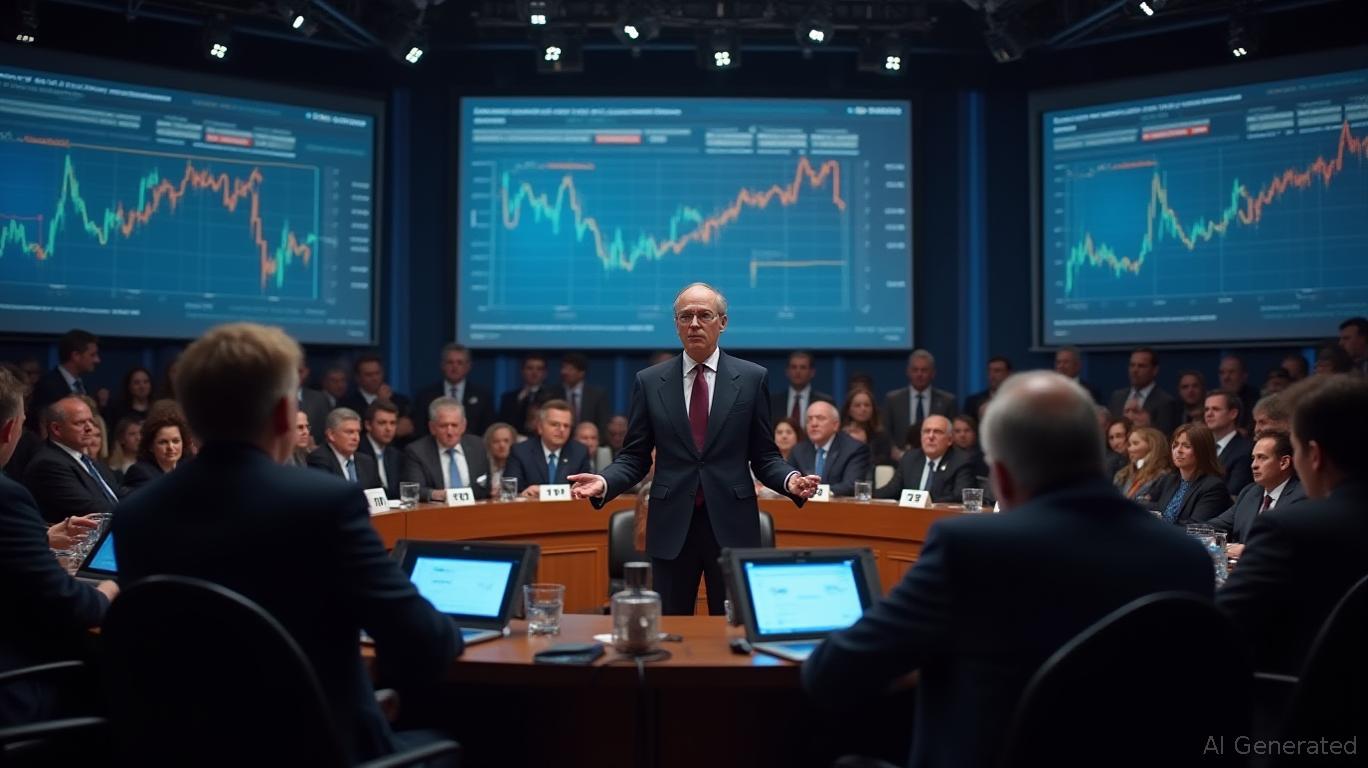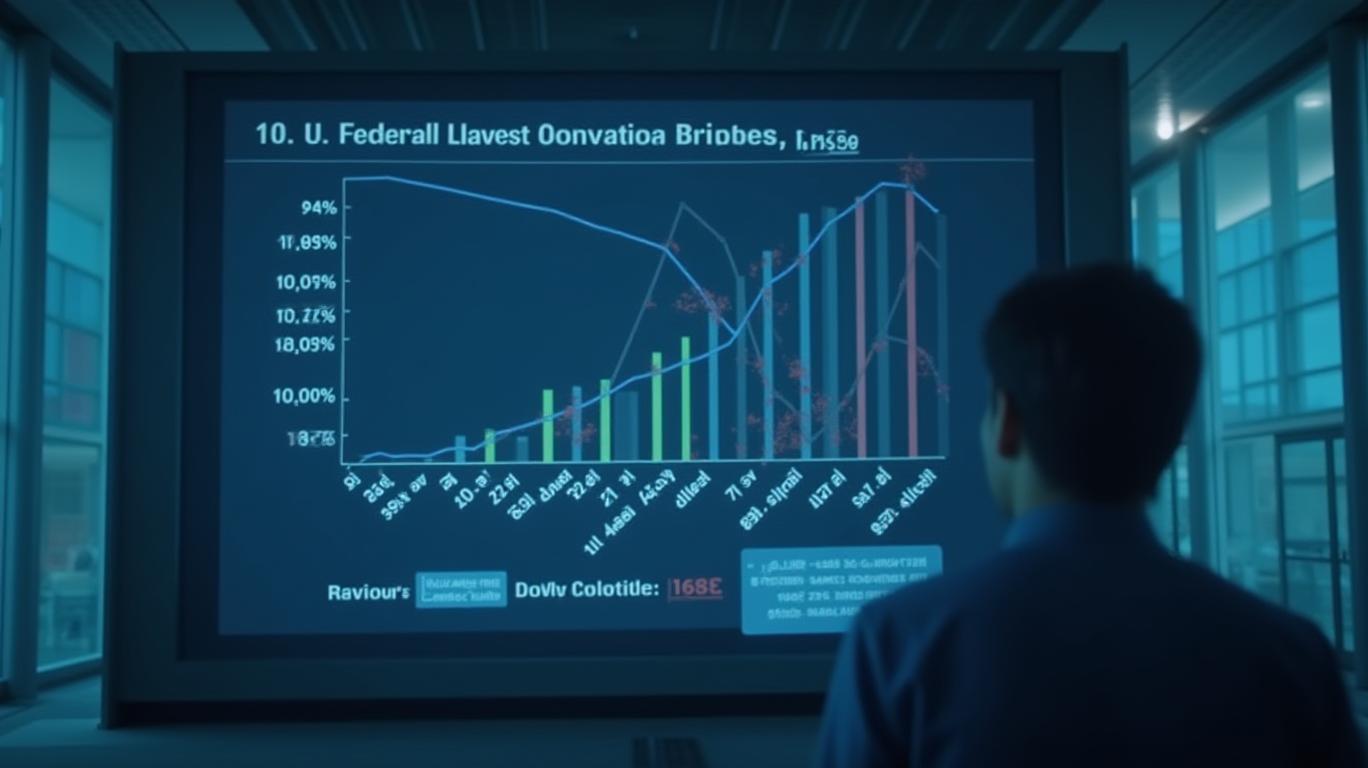Global Growth Downgraded, But Recession Avoided: Navigating the IMF’s New Reality
The International Monetary Fund (IMF) has issued a stark revision to its global growth outlook, projecting a notable slowdown in 2025. Yet, amid the gloom, the Fund insists a recession remains off the table. This article explores why growth is faltering, what’s keeping a downturn at bay, and what investors should watch next.

The Growth Markdown: Trade Tensions and Policy Uncertainty
The IMF’s April 2025 World Economic Outlook (WEO) slashed its 2025 global growth forecast to 2.3%, a full percentage point below its January projection of 3.3%. The downgrade reflects escalating trade conflicts, particularly the U.S.’s proposed 10% tariff on imports from all countries—a measure paused for negotiations but still casting a shadow. China’s retaliatory tariffs and the EU’s countermoves have disrupted supply chains, raising input costs and deterring investment.
Policy uncertainty is exacerbating the pain. The IMF’s Economic Policy Uncertainty Index hit a century-high in early 2025, with governments worldwide scrambling to balance fiscal demands and inflation pressures. Meanwhile, trade volumes, as measured by the Shanghai Containerized Freight Index, have dropped 40% since January—a stark sign of cooling global demand.
Why No Recession? Resilience and Adaptive Policies
Despite the slowdown, the IMF rules out a recession, citing three pillars of resilience:
- Strong Labor Markets: Unemployment remains low across major economies. In the U.S., the jobless rate hovers near 4%, while Germany’s rate is a record-low 3.2%. This keeps consumer spending afloat.
- Policy Buffering: Central banks have deployed agile tactics. The Federal Reserve and European Central Bank have delayed rate cuts to tackle lingering inflation, while Germany’s fiscal stimulus—$200 billion in defense and infrastructure spending—bolsters demand.
- Trade Adaptation: Companies are rerouting supply chains, with U.S. inward investment rising as firms insource production. China’s “equipment-upgrade” programs, meanwhile, are boosting domestic consumption.
Risks and Policy Challenges: Inflation, Debt, and Fragmentation
The IMF warns that risks remain. Persistent services inflation—a stubborn 4.5% in 2025—could force prolonged high interest rates, squeezing households and businesses. Emerging markets, already grappling with debt distress and capital flight, face heightened vulnerability if the U.S. dollar strengthens further.
Structural reforms are critical. The IMF urges:
- Advanced economies like the U.S. to address fiscal deficits (its debt-to-GDP ratio is projected to hit 120% by 2025).
- China to shift from export-driven growth to consumption-led expansion, while fixing property market weaknesses.
- The EU to integrate capital markets and boost productivity through AI and banking reforms.
Regional Snapshots: Winners and Losers
- U.S.: Growth is downgraded to 1.8% in 2025, but resilient labor markets and tech investment keep the economy afloat.
- China: Growth edges up to 4.5% due to stimulus, but property sector debt and weak consumer confidence linger as risks.
- EU: Growth slows to 1.1%, with Germany’s fiscal boost offsetting trade headwinds.
Investment Implications: Where to Look
Investors should focus on resilient sectors and regions:
1. Tech and Healthcare: U.S. firms leading AI and biotech innovation, such as NVIDIA or Moderna, benefit from strong consumer and corporate spending.
2. Emerging Markets with Policy Certainty: India’s 5% growth (driven by consumption) and Mexico’s manufacturing boom (post-tariff diversification) offer upside.
3. Defensive Plays: Utilities and consumer staples stocks, such as Procter & Gamble, may outperform if volatility rises.
Avoid overexposure to:
- Commodity exporters (e.g., Brazil, Australia) tied to slowing trade.
- High-yield bonds in emerging markets, where default risks rise.
Conclusion: A Fragile But Manageable Outlook
The IMF’s 2.3% growth forecast marks a sharp deceleration, but recession avoidance hinges on policy agility and economic resilience. The data underscores that:
- Central banks have room to cut rates if inflation cools (headline inflation is projected to drop to 3.5% by 2026).
- Structural reforms in China and the EU could unlock growth, while the U.S. must address debt.
Investors should prepare for volatility but avoid panic. While the path is bumpy, the IMF’s analysis suggests 2025 will be a year of adjustment—not collapse.









